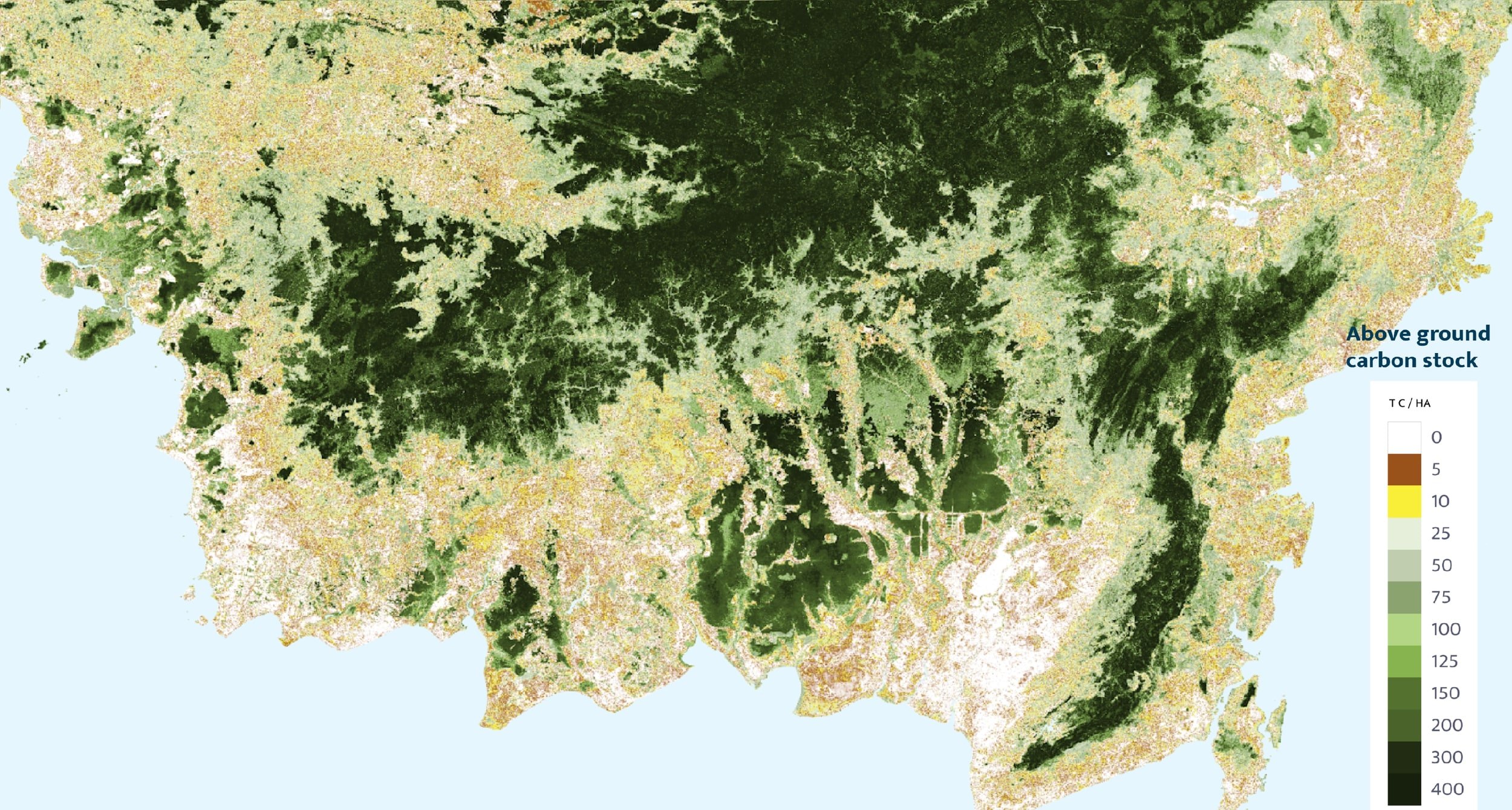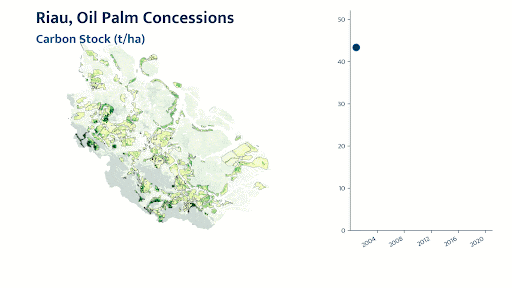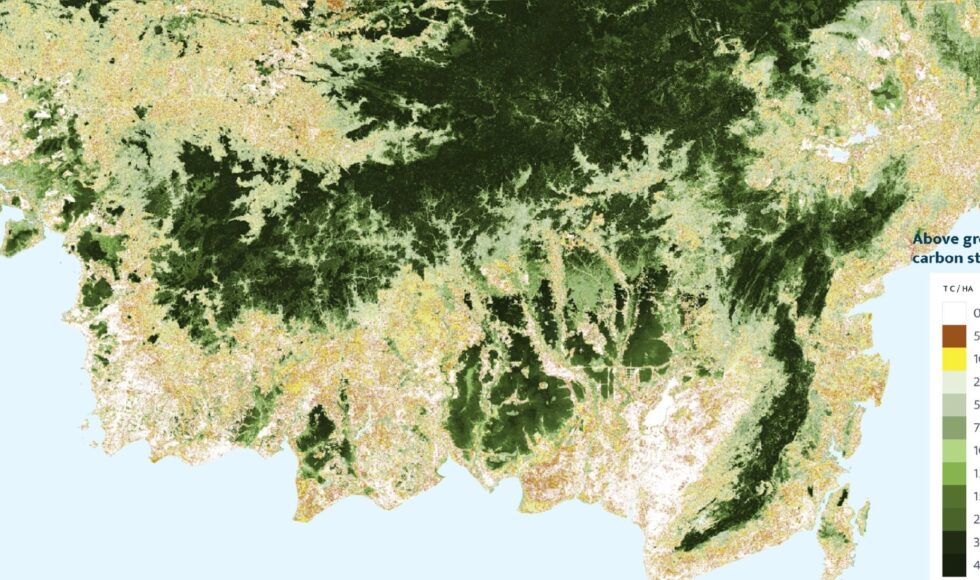As companies scramble to meet the ever increasing expectations around emissions reductions, carbon offsets that tout their durability, credibility and other high-quality features are all the rage. Yet carbon’s just a compound element on the periodic table, surely one tonne of it’s just as good as another? If only it were that simple.
Identifying high-quality carbon offsets is about ensuring the investments made into environmental projects have as big a social and environmental impact in reality as they do on paper. To better understand what makes an offset high-quality, we need to take a detour through the carbon market.

Welcome to the Carbon Market
Carbon credits allow projects that pull carbon out of the atmosphere to sell that excess stored carbon to emitters that go over their emissions allocations on the carbon market. It allows those removing unwanted carbon from the atmosphere to reduce global emissions, and make a profit.
Needless to say, big polluters are keen to get involved, and the market is expanding rapidly. In 2021, it was valued at $851bn.
Like the Wild West, the rate of expansion has left regulators struggling to catch up. Airlines have been able to use weak certification schemes to generate dubious carbon credits, while P&G’s investment in Filipino mangroves has led to accusations of greenwashing. Issues with a lack of durability and additionality abound for companies flirting with the acquiescence afforded by offsetting.
Voices in opposition to carbon offsets are common. Studies investigating the market’s two largest programmes, the UN’s Clean Development Mechanism and the Joint Implementation, found that up to 70% of the generated offsets may not represent valid or equivalent GHG reductions. The UN’s Special Envoy for Climate Action and Finance Mark Carney has raised his doubts, while Greenpeace have decried the market as a “scammer’s dream.” Other stakeholders have called out carbon colonialism when projects fail to take the welfare of local populations into account.
The market may be booming, but the bad press being generated by dubious offset projects is undermining the good work being done elsewhere.
Quality Control
High-quality carbon is the latest buzzword to emerge from the sustainability industry. It’s the carbon market’s reaction to an industry that is begging for some quality control. These higher-quality credits are derived from projects verified by third-party standards and certifications like the American Carbon Registry Standard, the Climate Action Reserve, Plan Vivo, and the Verified Carbon Standard.
So, what is a high-quality carbon credit, and how do we measure its credibility?
Though there is no official definition for a high-quality carbon credit (yet) promising work is underway through a collaboration of global civil society organisations to achieve a definition of high-quality tropical forest carbon credits. The pillars of this work are to ensure the highest in environmental and social integrity.
Searching for Proof in What Might Have Been
To determine the quality of a carbon credit, one needs to prove, scientifically, whether a carbon offset project has genuinely caused a reduction in deforestation relative to what would have happened. But proving a hypothetical is never simple. How can we know how much deforestation would have taken place had the project not been funded?
It isn’t enough to measure the success of a carbon removal project based on the lack of deforestation within its borders. To prove you’ve invested in quality carbon you’ll need to reach into the past, and prove that you’ve really stopped deforestation from happening.
Innovations in carbon monitoring through satellite imaging tools and AI can clear up the picture. Long-term assessments of location-specific deforestation with satellite-based tools improve the quality and accuracy of determining deforestation risk. These readings allow us to retroactively assess the extent to which a site is, or was, a deforestation risk.
The above inputs provide credible baselines, i.e. baseline rates of deforestation that would have occurred if an area wasn’t part of a carbon project. Satellite imagery is used to compare areas outside the project’s location for rates of deforestation. Satellite data can therefore prove that, without a given project, X amount of deforestation would have occured.
As one can see from this image, satellite-imaging based innovations are a major step forward in counting carbon when compared with manual, in-person surveys which are more limited in scope, costly, and harder to verify.

No Refunds
Trees might look eternal but they’ve got a few natural enemies that can take them, and any carbon they’ve sequestered, off your books. That’s why we talk about durability when we’re talking about quality carbon.
A pertinent question companies may ask themselves before paying into a carbon offset credit is… what happens if the projects don’t last?
Should the worst happen, a company can no longer count the avoided emissions in their disclosures. There are no refunds. Just like with financial investments, keeping your carbon investment portfolio diverse is a wise move.
Satellite-based monitoring, early warning systems and proactive risk identification can enhance project durability. The combination of algorithmic wizardry with satellite-powered, real-time attentiveness can predict the risk of forest fire across a given area by calculating using ground survey data like tree spacing.
It pays to leverage the expertise and reliable curated data you can get out of a company like Satelligence because even though one tonne of carbon might be as good as another, the same can’t always be said for carbon projects.
Micro-Credits, Putting the S back in ESG
When we talk about ESG, it can sometimes feel more like a case of E or SG, with either the environmental or social benefits taking precedence over the other. But what if there was a way to combine the two, benefiting both the environment and its stewards?
Satellite tech can go deep enough to measure the carbon sequestration potential of even smallholder plots. These ‘micro-credits’ allow companies to spread their investments even further. Concerns about durability are usually assuaged as farmers can be relied on to protect their own agroforestry projects. Scalability goes both ways.
Through global projects like ACORN and sector specific initiatives like Carble, farmers in the developing world can be paid directly for nursing and maintaining carbon-capturing forests, rather than for cutting them down. In ACORN’s case, 80% of the sale of the associated carbon credits can go directly back to the farmers themselves.
Proving the impact that individual farmers make can only be achieved on projects that use the most sensitive and scientifically accurate monitoring technology. It’s the results-based, data-driven and scientific basis of this approach which led to ACORN’s methodology being certified by the Plan Vivo Foundation.
It’s critical that the sector’s recent leaps forward, whether they be in the form of satellite-powered, micro-credit-capable environmental monitoring schemes or codified climate regulations, keep us on the road to progress, and don’t leave us mired in a swamp of greenwash induced doubt. If we want to incentivise a race to the top, rather than a race to the bottom, then quality matters.
